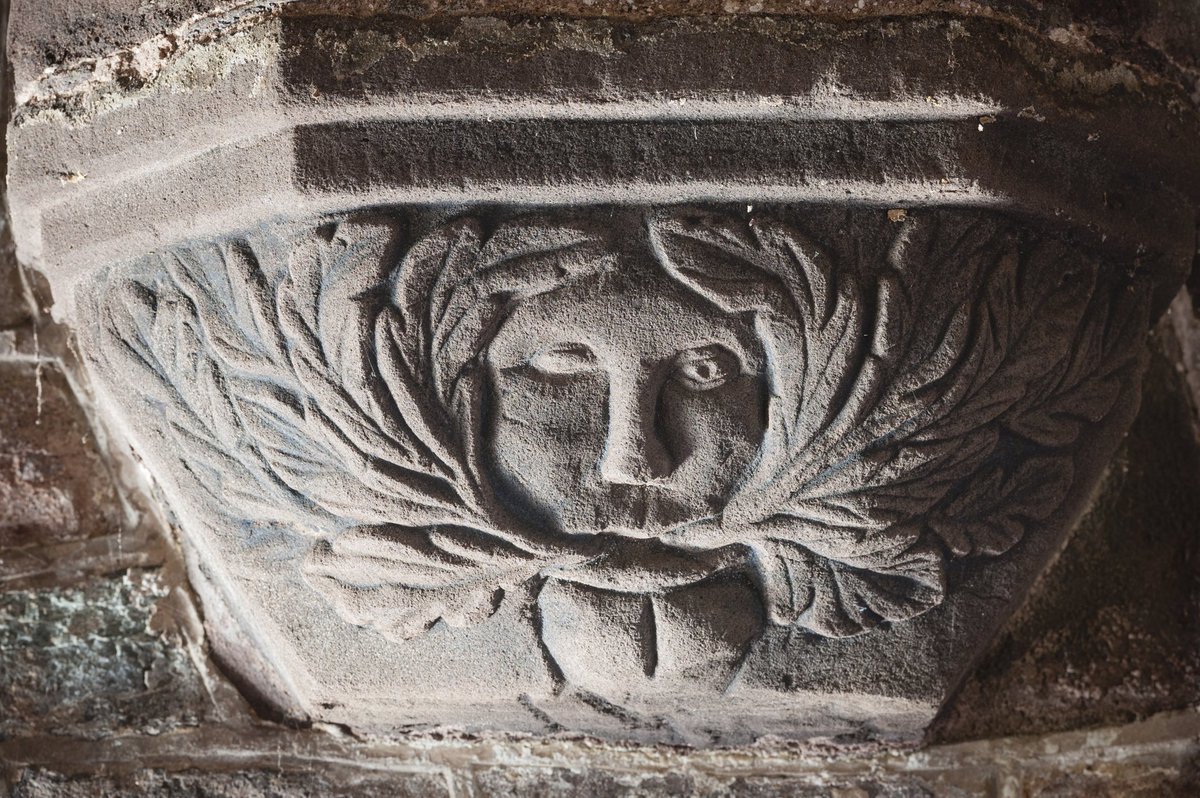
The churches in our care are derived from the landscape they occupy. Forest, mountain, field and sea, in many cases, we know exactly where the raw materials came from. Locally sourced limestone formed the lime mortar that sticks masonry and brickwork together.
#thread
#thread
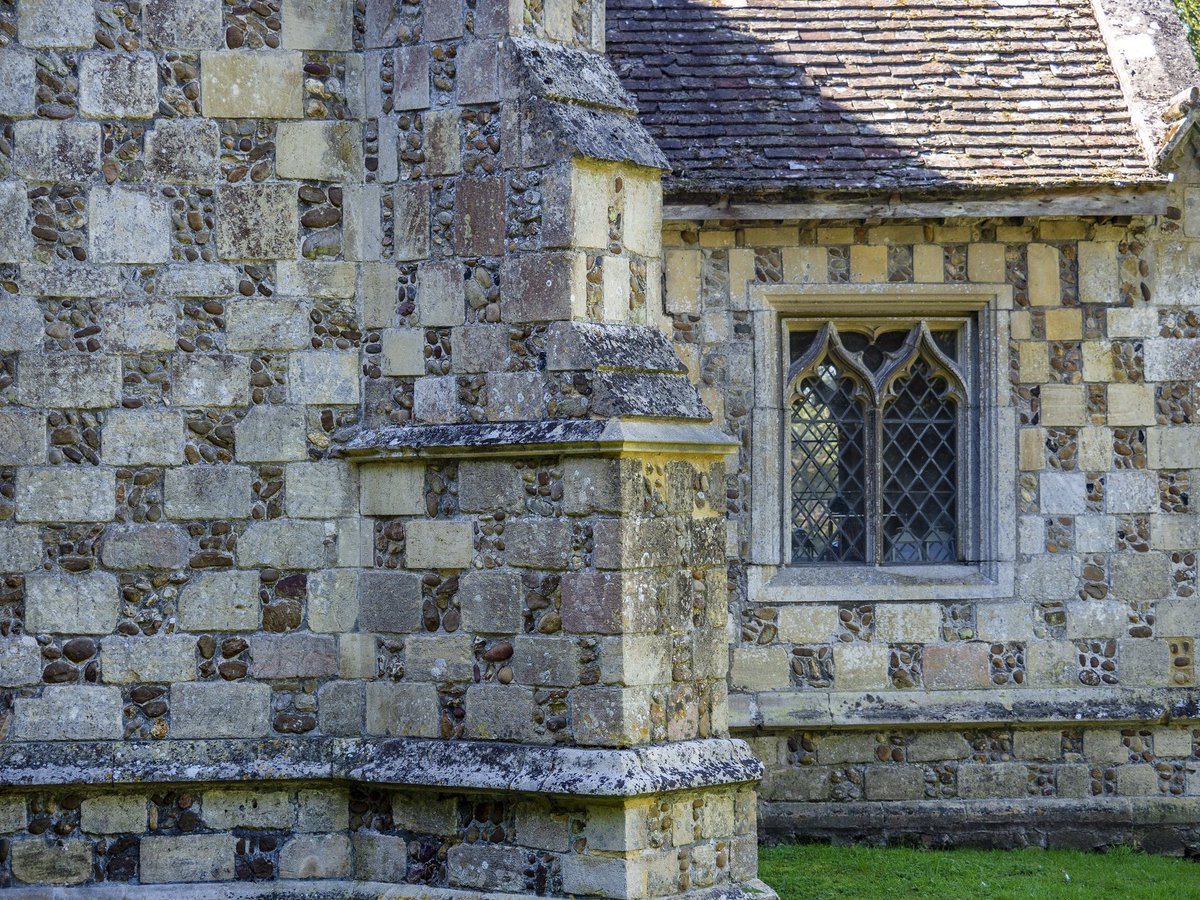
When it comes to buildings, mortar really does the heavy lifting. It sticks masonry together, keeps masonry apart, and impacts everything from load distribution to acoustic insulation.
2/6
2/6
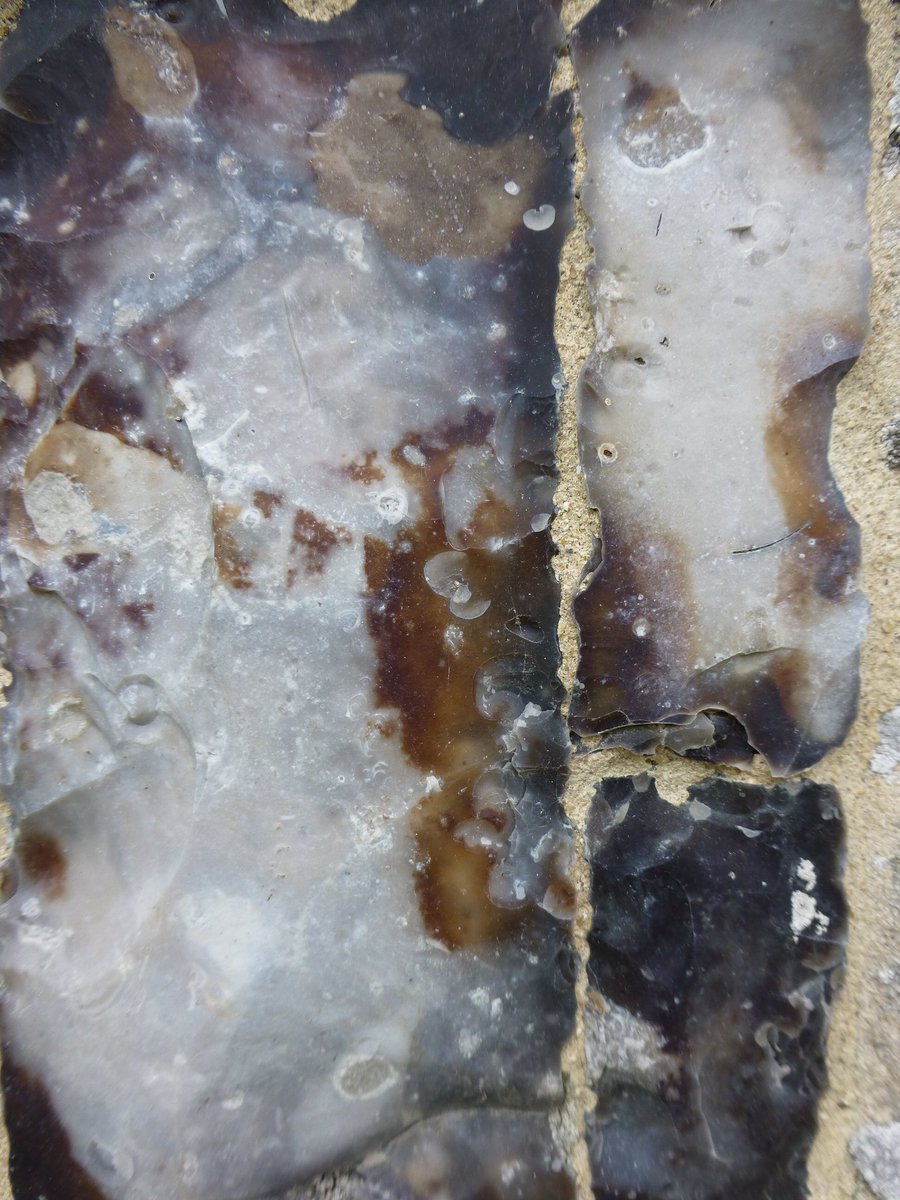
Mortar is a binding agent composed primarily of binder and aggregate. Generally, it is defined by the binding agent, i.e. lime. Aggregate provides a vital framework and prevents shrinkage. The proportion, grading and packing of aggregate will affect quality, porosity and strength 
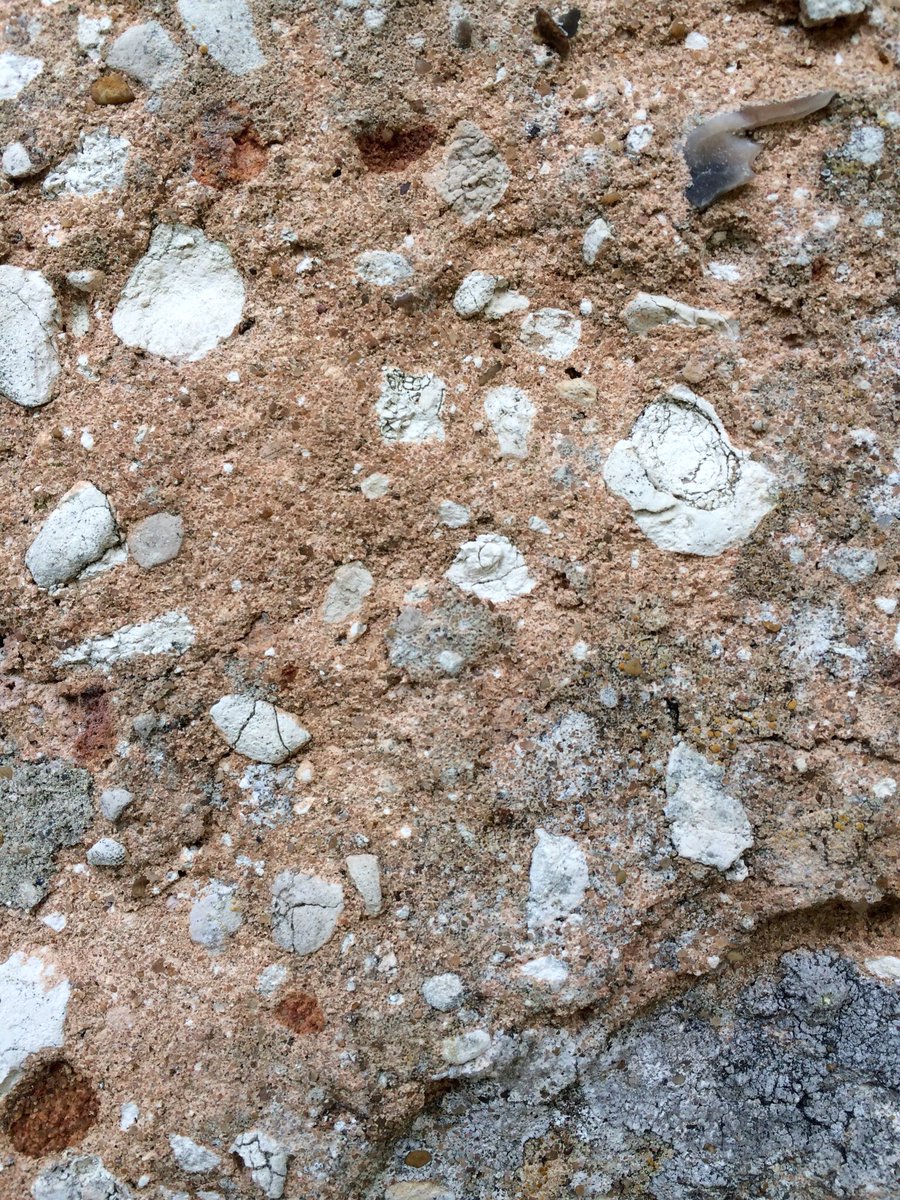
Binder is generally classified by its hardening mechanism. For example, clay hardens by dehydration, gypsum by hydration and lime by carbonation. What’s so wonderful about a natural material like this is it is *alive*, responding to its environment.
🎥: slaking lime
4/6
🎥: slaking lime
4/6
One of my favourite lime mortar phenomena, something we see often in our churches, is the formation of Liesegang rings - swirly ridges in the surface of a lime mortar.
5/6
5/6

They are formed under certain (often damp) conditions when components of the mortar precipitate to the surface. They reform into rings and spirals, disrupting the smooth surface. Nature making its own decoration.
6/6
6/6
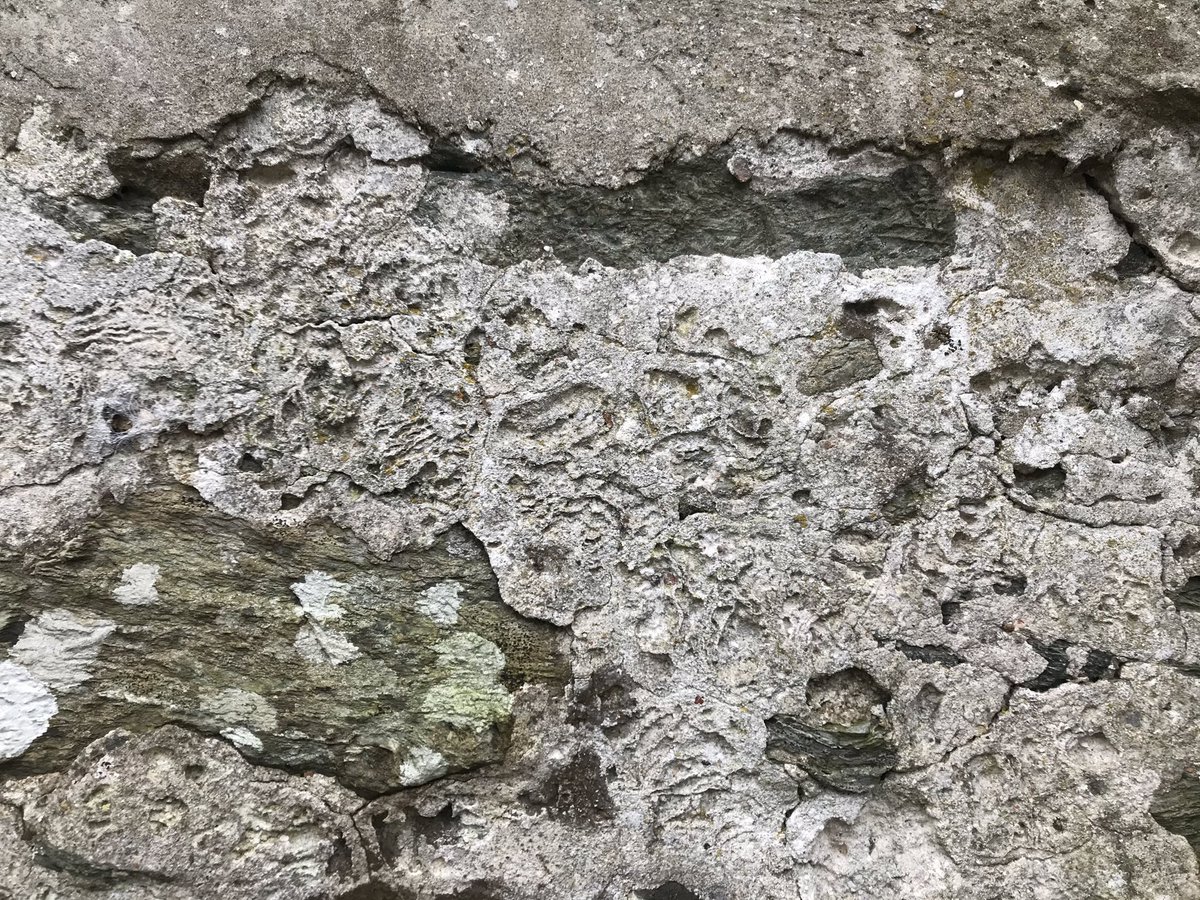
• • •
Missing some Tweet in this thread? You can try to
force a refresh



